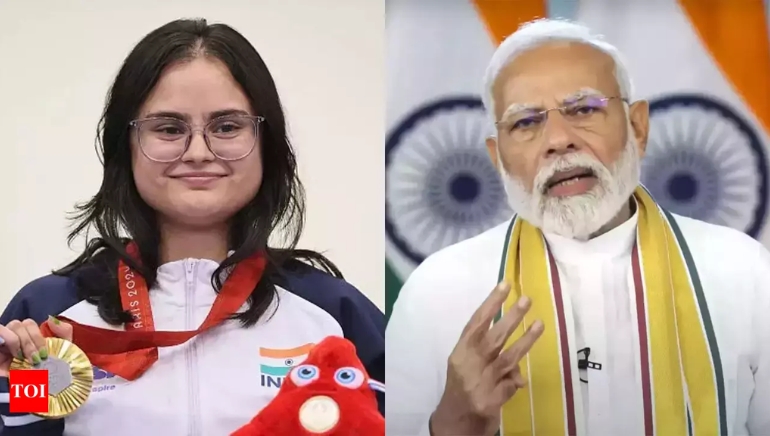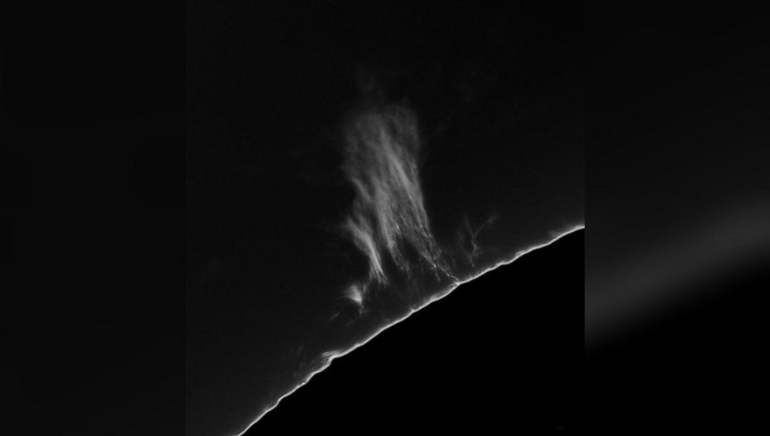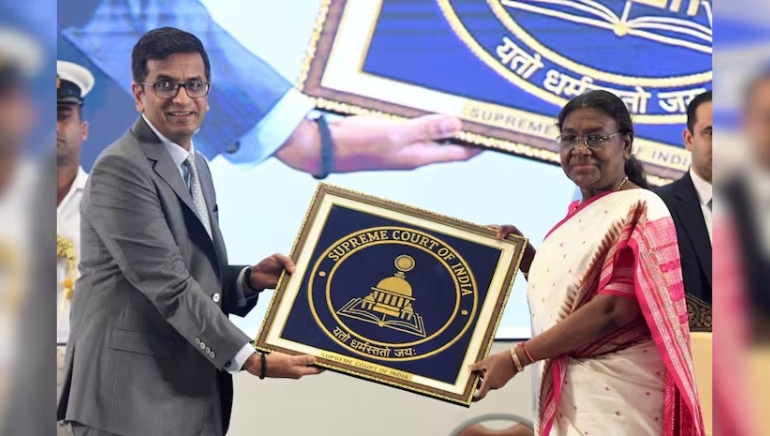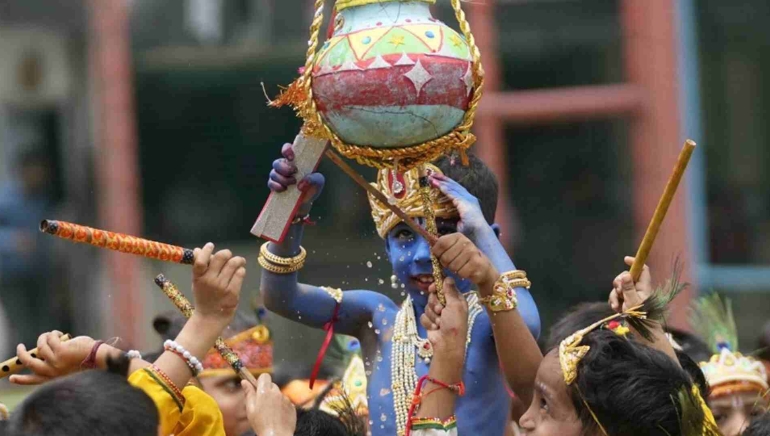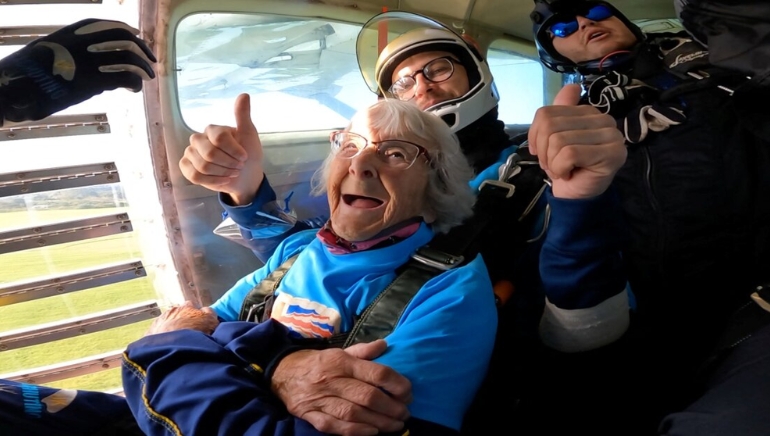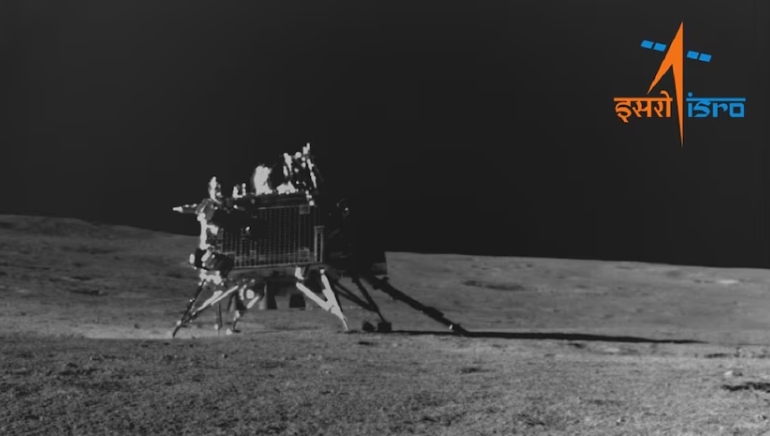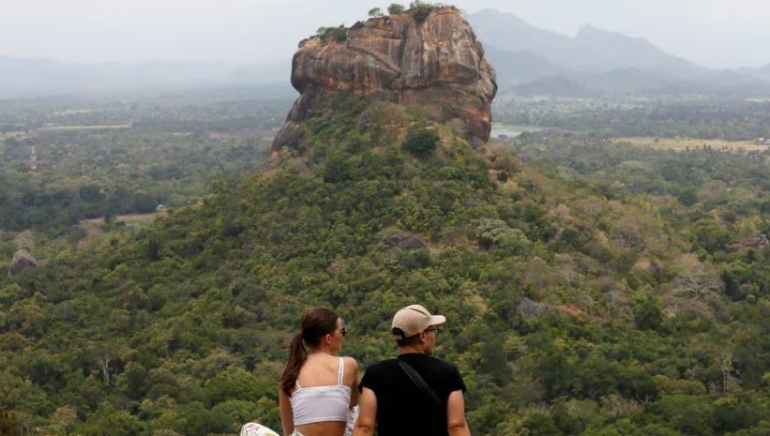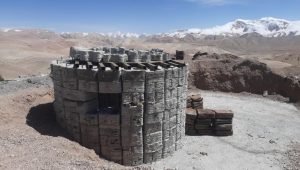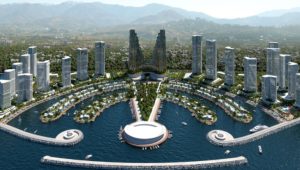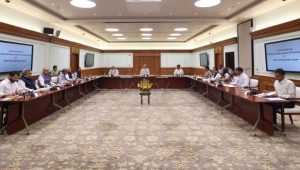Prime Minister Narendra Modi called Avani Lekhara to congratulate her on winning gold in the women’s 10m air rifle standing SH1 event at the 2024 Paris Paralympics. “Avani, many congratulations. You are constantly performing well; keep working hard,” PM Modi told her.
Avani admitted that she was frightened at first, but she followed PM Modi’s advice to avoid playing under the pressure of expectations. “This is my second Paralympics. “I was nervous, but you told me not to play under pressure, and I followed it,” she remarked.
The 22-year-old from Jaipur finished second in the qualification round, with 625.8 points. In the final, she won gold with 249.7 points, ahead of South Korea’s Lee Yunri (246.8 points) and India’s Mona Agarwal (228.7 points).
Avani had already won gold in the same event at the Tokyo Paralympics three years earlier. So far, India has nine medals from the Paris Paralympics, including two gold, three silver, and four bronze. India is now 22nd in terms of overall medal count, trailing only China, which has 38 gold medals.





